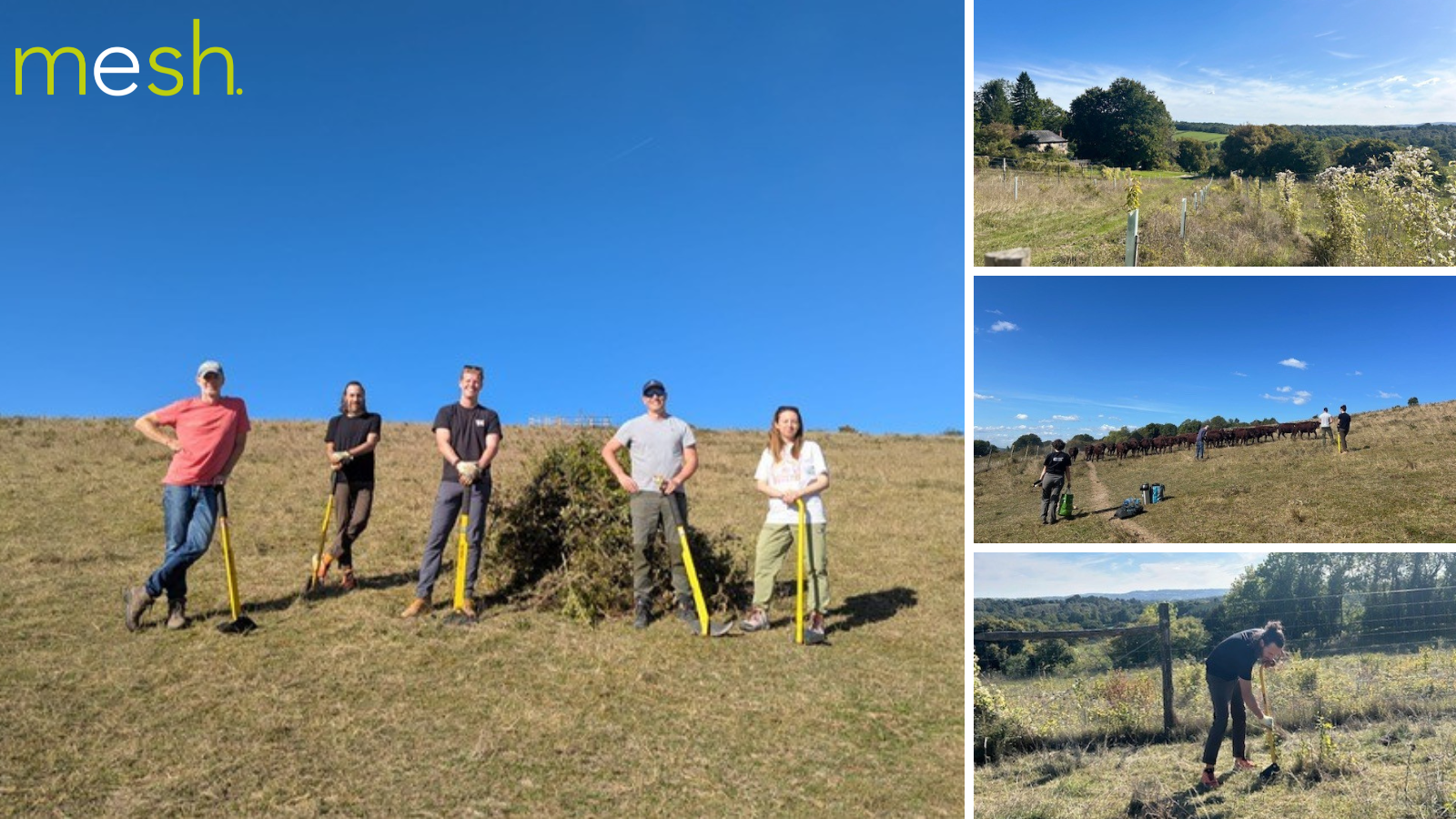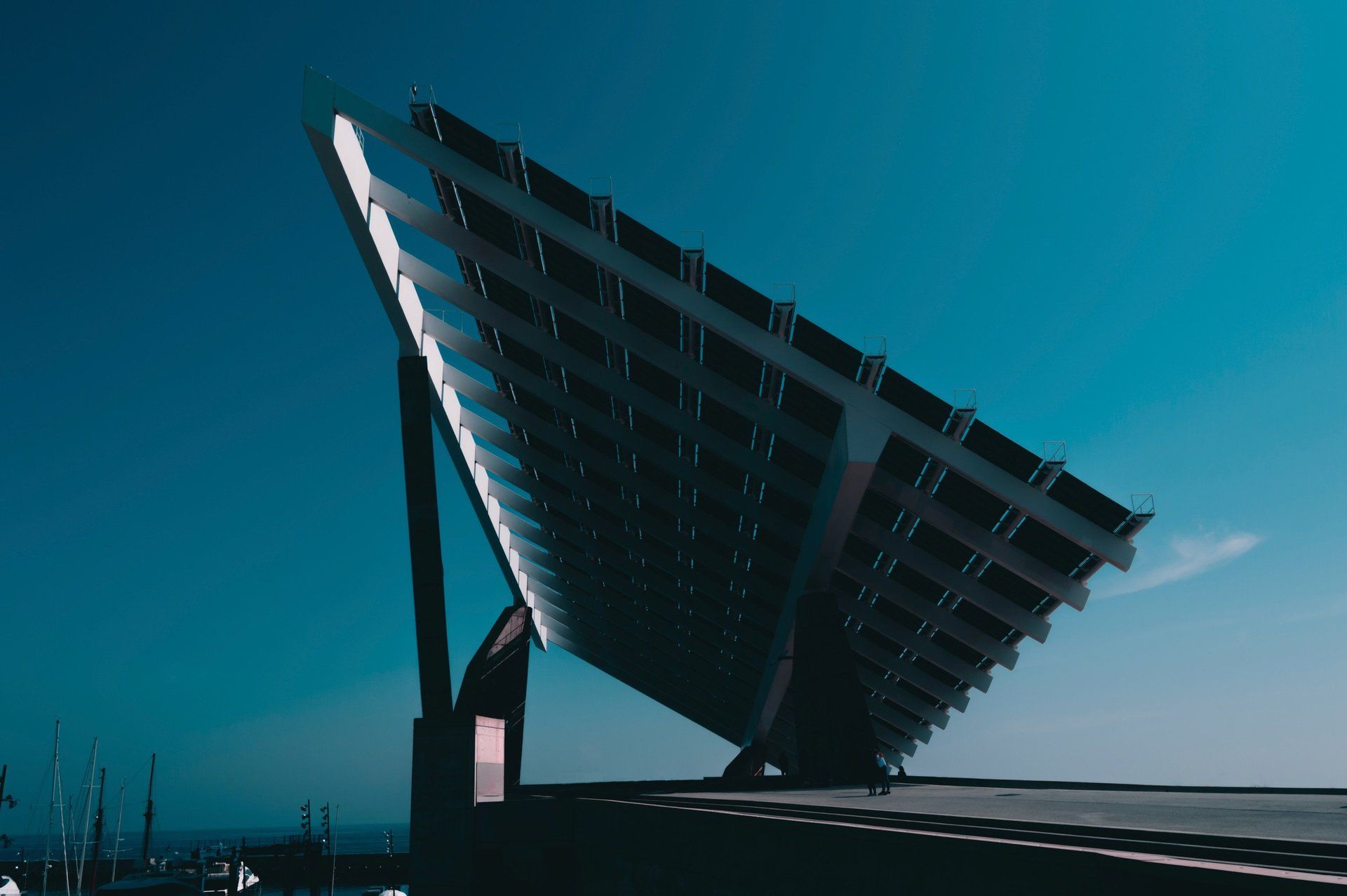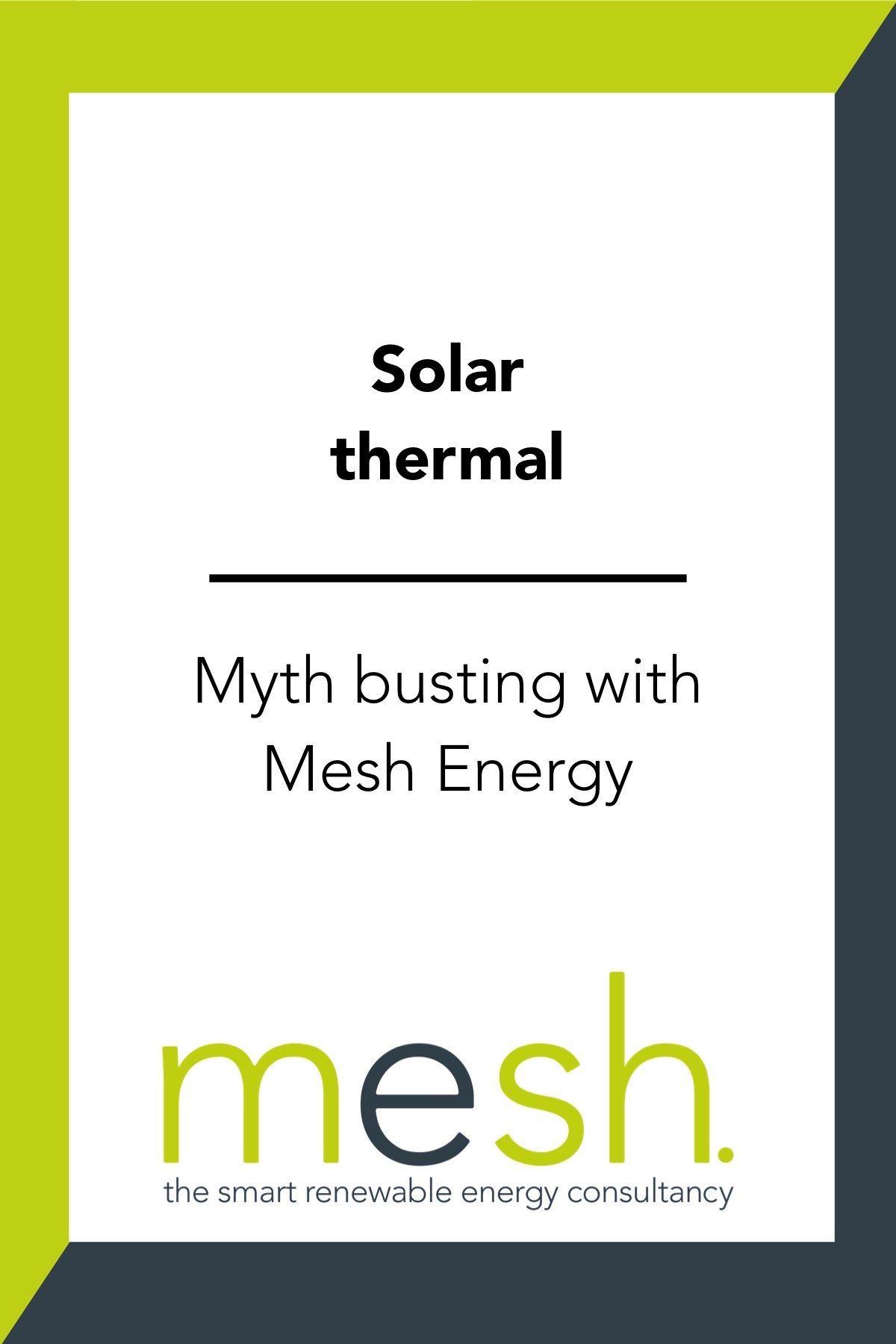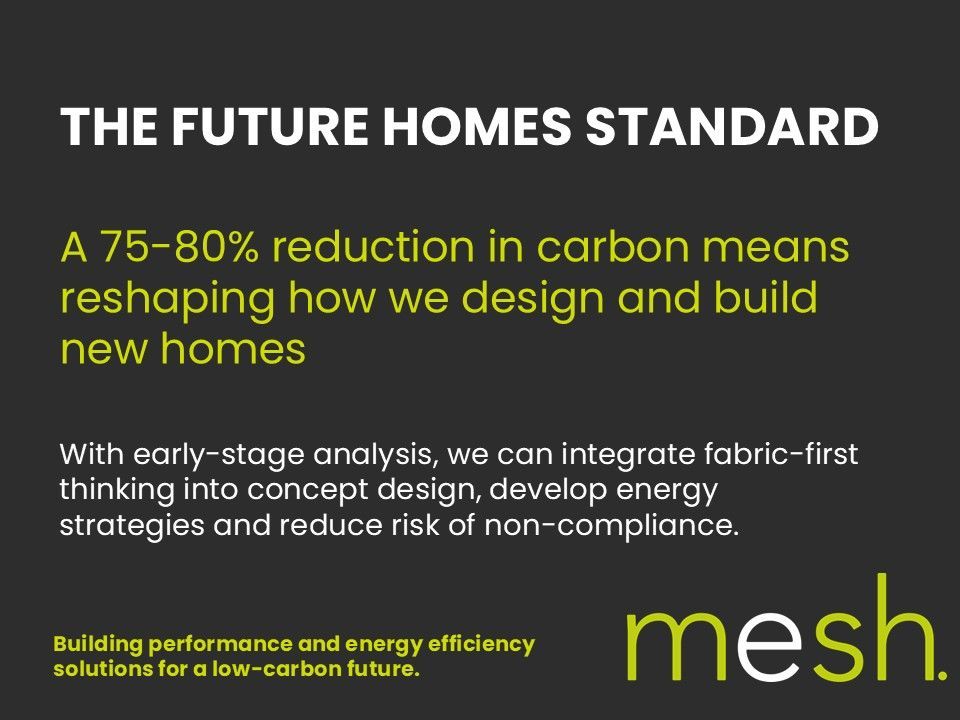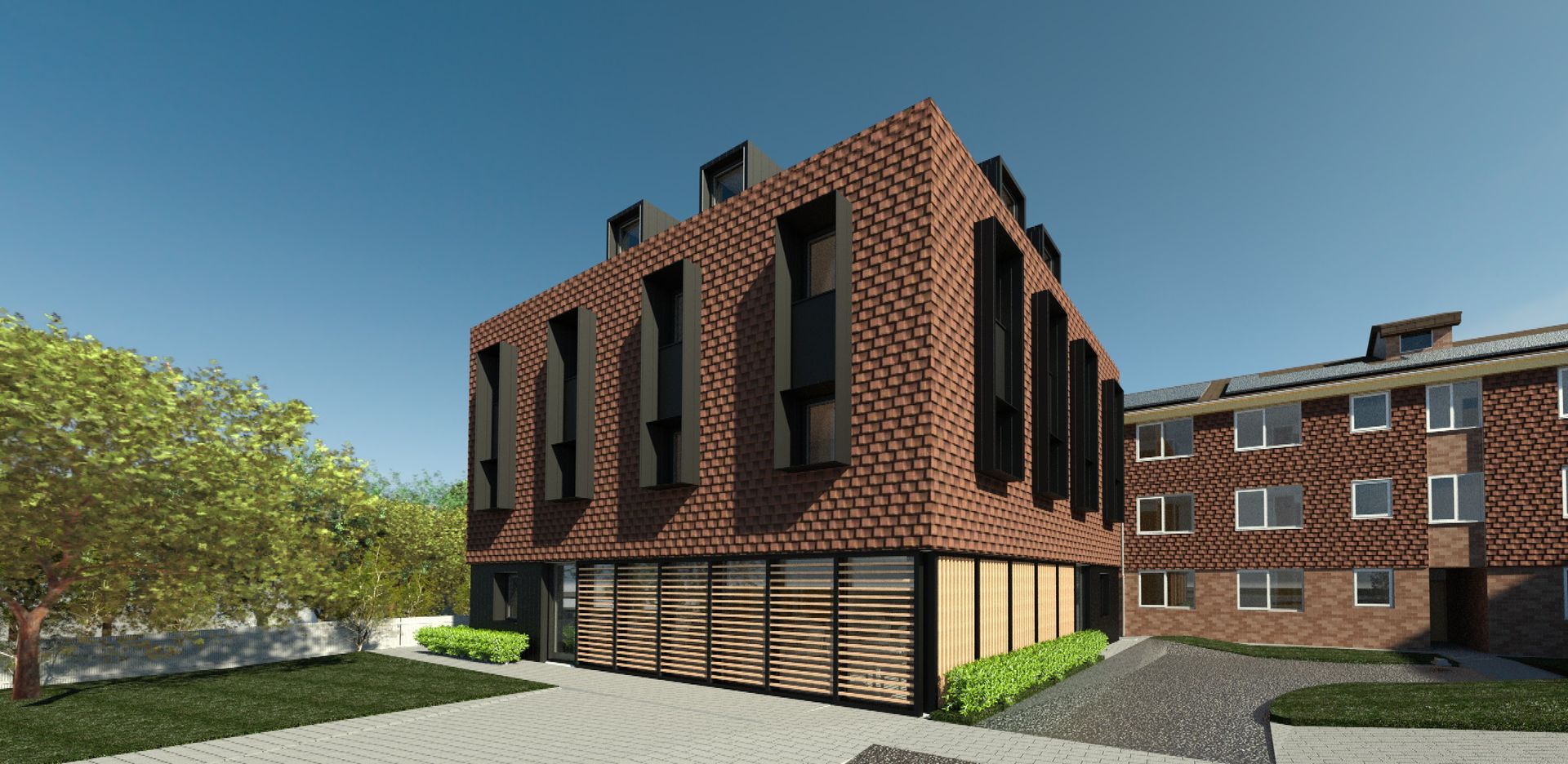Solar thermal: Myth busting with Mesh Energy
This week we're back busting some common renewable energy technology myths! With summer rapidly approaching, we've decided to take a look at solar thermal.
If you're looking to reduce your carbon footprint, cut your energy bills and have hot water on demand, could solar thermal be the renewable technology for you? Here are some of the myths you may have heard about solar thermal; busted and clarified so you can make the right decision for your project and individual requirements.
Here we go... Mesh Myth Busters to the rescue again!
Myth 1: Solar thermal can provide 100% of my hot water
Whilst this is not fact, it is not entirely a fictional statement either! Solar thermal can indeed contribute to 100% of a household’s hot water requirement during the summer months with reduced contribution during spring and autumn. In fact, if you are lucky enough to own a swimming pool you can put summertime excess heat into your pool saving even more money. During winter, solar thermal will contribute almost nothing to your hot water supply.
On average, over the course of a year, solar thermal can provide between 50-60% of a household’s annual demand for hot water if correctly sized and should be used as a complementary heating source in most cases.
Myth 2: Solar thermal panels only work on sunny days
This one is completely untrue. Solar thermal systems are super-efficient at converting sunlight to thermal energy and whilst there is no doubt that clear sunny days are the most productive, even bright cloudy days can produce surprising amounts of hot water.
Myth 3: Solar thermal systems should be replaced by solar PV systems for maximum gain
It is true that solar PV systems are often put on available roof spaces due to the wide use of electricity in the home and the perceived limited single use of solar thermal. If it is electricity that is more important to you, then sure - go for solar PV. But, if you have a pool or large hot water demands in the home or commercial building then nothing beats the efficiency of a well-installed and efficiently operating solar thermal system.
Solar thermal systems are about 90% efficient in turning the sun's energy into heat, whereas solar PV is at best 20% efficient. Consider carefully the specific application before writing this technology off.
Myth 4: The bigger the installation the better
No, this isn't exactly the case. Solar thermal installations are “tuned” to match the hot water storage capacity of the home’s hot water tank in order to stop stagnation during summer months. Stagnation is a solar thermal installation killer and so it is avoided through correct design of the collector panels (heat source) and the hot water tank (hot water sink) wherever possible.
Myth 5: It's OK to 'fit and forget'
Solar thermal installations are fairly simple and only really have one moving part (the circulation pump). Nonetheless, the rigours of the extreme temperatures the solar fluid goes through in a season does justify an annual maintenance regime to check the fluid quality and to make sure the solar pump is not suffering!
We have seen many solar thermal systems that are defunct due to poor maintenance and because they are only a supplementary system to your boiler, if they are not working properly it is almost impossible to tell to the untrained eye.
Unfortunately a solar installation is only as good as the fluid and the efficiency of the moving parts, so it’s well worth keeping an eye on some simple installation details to avoid rising energy costs.
Myth 6: Solar thermal systems are simple enough for any plumber to install
The installation of solar panels is fairly simple. What's more, with panels being sold at many building and plumbing merchants, it’s tempting to get your resident plumber to fit the system. It’s always best practice and safest to get a microgeneration certification scheme (MCS) qualified product and installer to fit it. Solar thermal systems can reach temperatures in excess of 150ºC in the summer and can be very dangerous if fitted incorrectly.
Why risk it?
And there you have it. Some more renewable tech myths busted for you!
We hope this post has helped to bust some common myths and that you now have more confidence in your decision making for your purchase of solar thermal. Good luck!
If you still have any questions about solar thermal,
please don't hesitate to
contact the Mesh team today.
SHARE THIS POST WITH YOUR NETWORK


